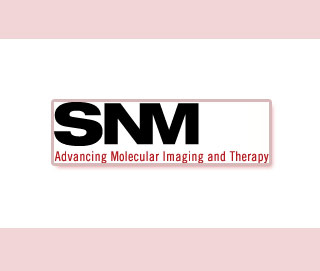
Molecular imaging is ascertained to be a hallmark in diagnosing and guiding the treatment strategy for arrhythmia, coronary artery disease and heart failure. This technology is also assumed to decrease medical costs as it helps in better targeting treatment for each and every patient. The scientists determined that impairment of myocardial perfusion and/or cell viability and cardiac sympathetic innervations are the cause of heart arrhythmia and sudden cardiac death. Even calcium supplements are held responsible for increasing cardiovascular events.
Tomoaki Nakata, M.D., Ph.D., an associate professor at the Sapporo Medical University School of Medicine and director of the Hokkaido Prefectural Esashi Hospital, Japan said, “This research holds significant potential for the detection, diagnosis and treatment of many common cardiovascular conditions. With molecular imaging, physicians can improve patient care by pinpointing the precise location of the disease in order to eliminate the need for invasive medical devices and unnecessary surgical techniques.â€
During the research, investigators inspected prognostic implications of cardiac pre-synaptic sympathetic function that is quantified by cardiac MIBG activity. They also scrutinized myocyte damage or viability quantified by cardiac tetrofosmin activity in patients treated with prophylactic use of ICD. This damage was probably linked to deadly arrhythmic events that may be documented in a prospective follow-up.
Ichiro Matsunari, M.D., Ph.D., director of the clinical research department at the Medical and Pharmacological Research Center Foundation, Hakui, Japan commented, “Sudden cardiac death due to lethal arrhythmia represents an important health care problem in many developed countries. While implantable cardioverter defibrillator therapy is an effective option over anti-arrhythmic medications to prevent SCD, the balance of clinical benefits, efficacy and risks is still a matter of discussion.â€
The method seems to have the capacity of providing precise results in identifying patients at greater risk of lethal arrhythmias and sudden cardiac death (SCD). Present day treatments are probably unable to gauge the effectiveness of ICD therapy. Therefore molecular imaging may not only aid in diagnosing and treating the disease, but also avoiding unnecessary ICD treatment.
The research is published in the August Journal of Nuclear Medicine (JNM).
